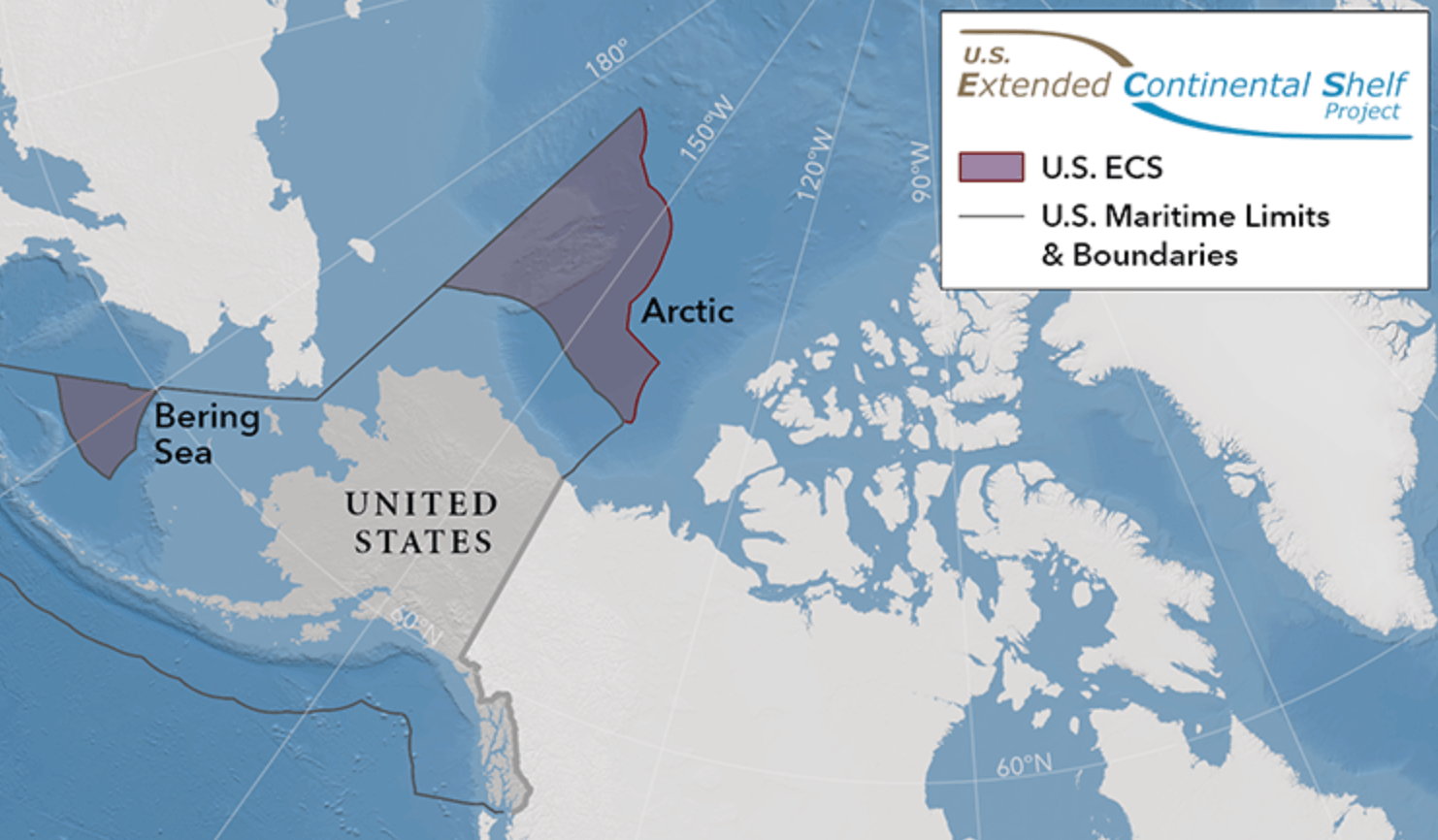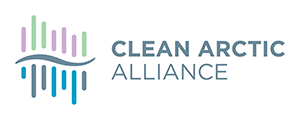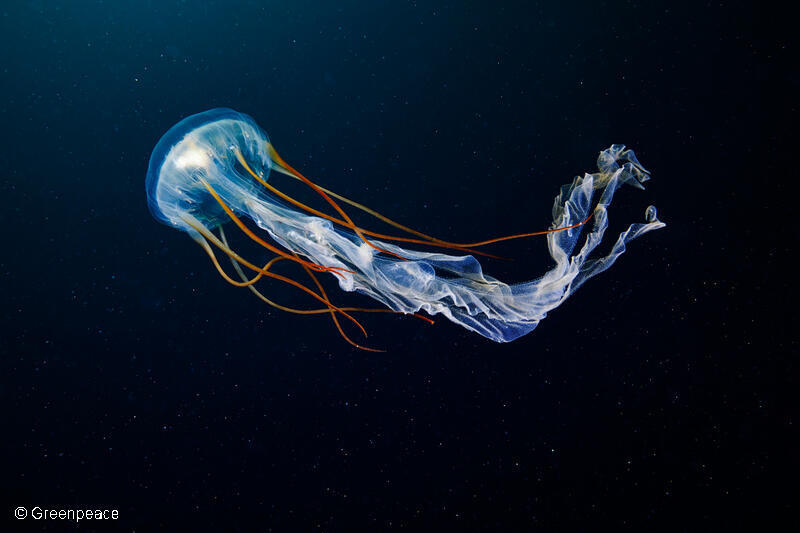
The U.S. Initiates Extended Continental Shelf Claims (highnorthnews.com)
On December 19, 2023, the United States released geographic coordinates defining the outer limits of the continental shelf of the United States in areas beyond 200 nautical miles from the coast. Article 76 of the United Nations Convention on the Law of the Sea (UNCLOS), which the United States has not ratified, provides a mechanism for coastal states to claim additional economic rights with respect to resources on or below the seabed beyond the 200 nautical miles of the exclusive economic zone (EEZ) if they can demonstrate, through geology and bathymetric mapping, that there is a natural extension of their continental shelves. This area is known as the extended continental shelf (ECS).
This announcement places the United States among over 75 counties that have delineated their ECS limits around the world. In the context of the Arctic, Canada, Denmark (for Greenland), Norway, and the Russian Federation have all made submissions to the Commision on the Limits of the Continental Shelf regarding ECS limits in the Arctic Ocean. Based on these submissions, it is evident that the majority of Arctic seabed is within the jurisdiction of one of these five Arctic nations. Any overlapping areas will require negotiations among relevant states.
The Clean Arctic Alliance does not take a position on the merits of any ECS claim in the Arctic. However, the Clean Arctic Alliance encourages all Arctic nations to work collaboratively to protect the Arctic from the impacts of heavy fuel oil and black carbon emissions regardless of ECS delineations.


